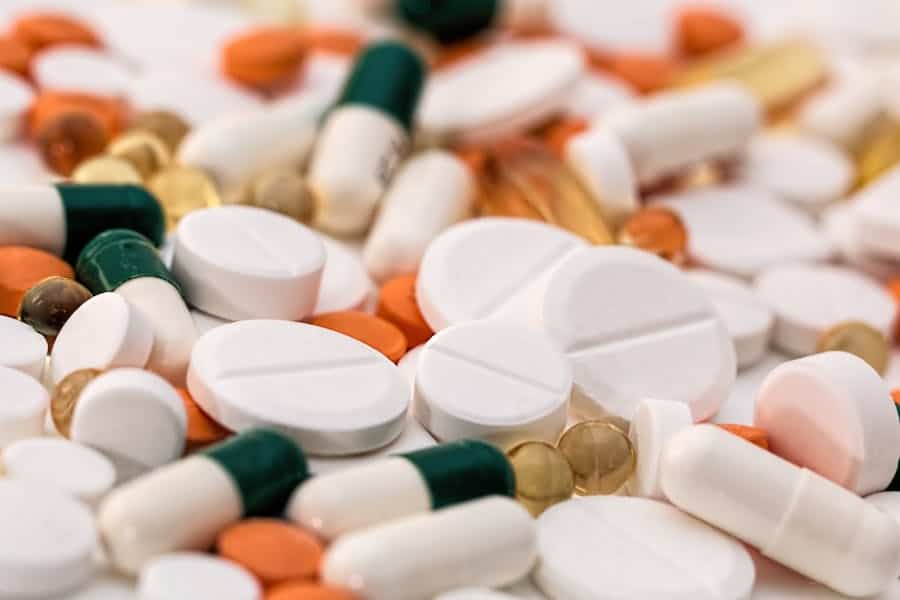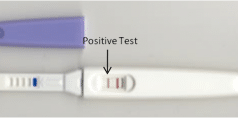
Despite a decrease in the number of drug overdose deaths in Maine between 2022 and 2023, fentanyl was responsible for the majority percent of drug overdose deaths last year. Since 2014, drug overdoses in the state of Maine have skyrocketed, notably in part due to the growing presence of fentanyl across the nation as a whole.
Understanding Fentanyl and Its Dangers
Fentanyl is a synthetic opioid that is 50 to 100 times stronger than heroin and morphine. As little as two milligrams of fentanyl–the weight of a few grains of salt–can be lethal to the average person.
Fentanyl is not a singular threat, however. Its analogs, or chemically similar substances to fentanyl, compound the risk of accidental overdose. Fentanyl analogs inlcude acetylfentanyl, butyrfentanyl, carfentanil, alfentanil, sufentanil, and remifentanil.
Without testing strips, the synthetic opioid is indistinguishable by sight, smell, or taste. Fentanyl testing strips are small strips of paper that can detect fentanyl in substances (even in small amounts) with remarkable accuracy. Some of its analogs are even stronger and can be harder to detect than fentanyl itself.
How Did Fentanyl Become So Widespread?
There are two categories of fentanyl: pharmaceutical (prescription) and nonpharmaceutical (illicit). Prescription fentanyl is typically used in medical settings for cases of severe pain management, such as after surgery or in patients with terminal cancers.
On the other hand, Illicit fentanyl and the materials to make it are typically manufactured in China and shipped to drug cartels in Mexico for distribution. Nonpharmaceutical fentanyl has become popular in the illicit drug trade throughout the United States because it is cheaper and easier to create the materials needed to manufacture fentanyl than it is to grow opium plants to manufacture heroin.
Fentanyl Trends and Drug Combinations
Fentanyl can be made into either a liquid or powder, which means combining it with other substances is easy. With a significantly higher potency and volume per kilogram, fentanyl and its analogs yield more profits than other opioids.
Nonpharmaceutical fentanyl is frequently mixed with a host of illicit and prescription drugs, including the following heroin, cocaine, methamphetamine, Oxycodone, Xanax, and Adderall. Drug dealers may add small amounts of fentanyl to less potent drugs and stimulants, like marijuana and ecstasy, to stretch their drug supply or produce different effects.
According to the Centers for Disease Control (CDC), illicit fentanyl in liquid form may even appear in eye drops and nasal sprays, dried onto pieces of paper, and dissolved into candy.
The Rise of Fentanyl in Maine
According to the Maine Drug Data Hub, a sharp rise in drug overdose deaths in Maine between 2014 and 2022 directly correlates to an increase in fentanyl-related deaths. In other words, as fentanyl has taken over the drug supply across Maine, it has also become the primary culprit behind fatal drug overdoses throughout the state.
Since 2016, fentanyl has accounted for more than half of all drug overdose deaths. However, that rate has steadily increased over the last five years, with fentanyl and its analogs accounting for 77 percent of drug-related deaths in both 2022 and 2023.
Prevention Initiatives and Efforts to Target the Fentanyl Crisis in Maine
Naloxone Administration Program
In 2016, the Maine Attorney General’s office began distributing naloxone (also called Narcan) to law enforcement officers to administer to overdose victims. Then in 2019, law enforcement began using OD MAP, an overdose mapping software designed to pinpoint areas of drug use and overdose patterns to determine public health and safety responses.
These practices help law enforcement identify potentially lethal overdoses and reverse them via naloxone administration, saving the lives of hundreds–or even thousands–in the process. Between 2016 and 2021, law enforcement officers reported 911 total opioid reversals via overdose mapping and naloxone administration.
Naloxone Distribution Initiative
In 2019, the State of Maine also began supplying naloxone to local organizations and citizens wanting to participate in risk prevention within their communities. Some individuals choose to carry naloxone with them in case they encounter an overdose emergency or have a loved one who uses opioids.
In their first two years, the Maine Naloxone Distribution Initiative and the Maine Attorney General’s Naloxone Distribution Program distributed more than 100,000 doses of naloxone to communities throughout the state. As of December 2021, these initiatives have reportedly reversed more than 3,300 overdoses.
Substance Abuse Support and Harm Reduction Can Prevent Fentanyl-Related Overdoses in Maine
Carrying naloxone is just one way Mainers can help prevent accidental drug overdoses in their communities. You can also find fentanyl testing strips at various public health and harm reduction organizations in Maine. But while naloxone and fentanyl testing strips can certainly save lives, individuals struggling with opioid addiction still need support beyond harm reduction. Like other opioids, fentanyl is extremely addictive. Maine’s top detox and rehabilitation centers are ready to help you or a loved one safely navigate the recovery process and achieve long-term sobriety. Visit Detox Local to learn more about Maine’s leaders in addiction recovery today!








